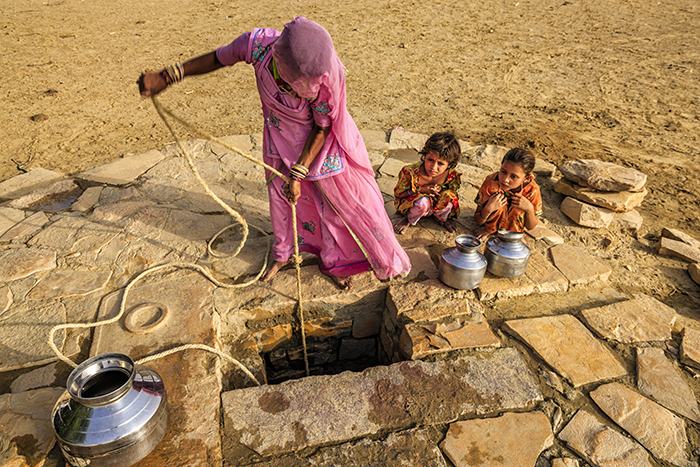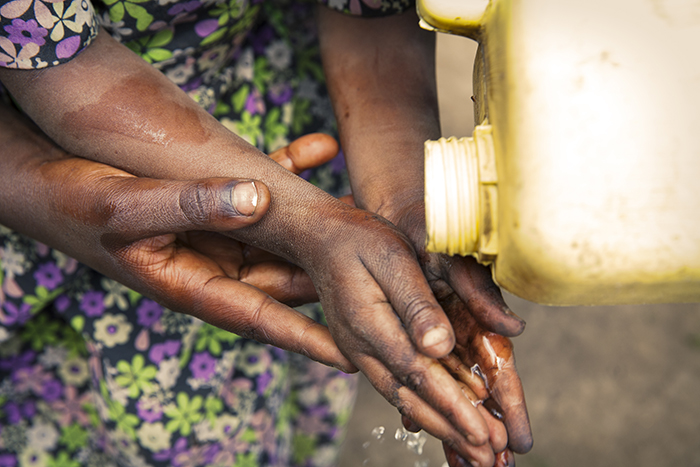Tackling Gender-based Violence Exacerbated by Climate Change
November 16, 2022
Focus Areas
Capabilities
Regions
Australia & Asia Pacific
Latin America & the Caribbean
Sub-Saharan Africa


